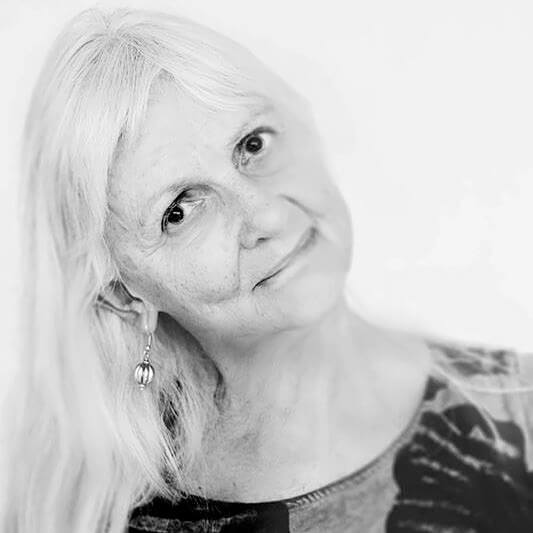Betty Press is a documentary fine art photographer, well-known for photographs taken in Africa where she lived and traveled for many years. Now living in Mississippi she has just completed a project called “Finding Mississippi” recording "real life" in small communities throughout Mississippi with black-and-white film and toy and vintage cameras. She taught photography at University of Southern Mississippi from 2003 to 2015. She is twice the recipient of a Visual Artist Grant from the Mississippi Arts Commission.
Her photographs have been widely-exhibited as well as selected for many juried competitions. In addition, her photographs have been featured in publications such as Shots, Silvershotz, South x Southeast, Lenscratch, ACurator, RfotoFolio, and Don't Take Pictures. Her work is held in a number of public collections including Beinecke Library at Yale University, The National Museum of Women in the Arts, Washington, DC, The Harry Ransom Center for the Humanities, The University of Texas, Austin, Mississippi Museum of Art and The Do Good Fund of Southern Photography.
In 2011 Betty published a photobook I Am Because We Are: African Wisdom in Image and Proverb that portrayed a stunning, life-affirming portrait of the African people and culture. For this book she received a statewide award in photography, from the Mississippi Institute of Arts & Letters and was selected for Critical Mass Top 50. Her other books/zines include La Dolce Vista, Hub City Impressions and Finding Mississippi.
In August 2019 she moved to Nairobi, Kenya to photograph urban culture and social injustice, but returned to the USA in April 2020 due to the Covid-19 outbreak. Her most recent project They Were Us: Stories of Victims and Survivors of Police Brutality in Kenya, was selected for Photo Lucida Critical Mass Top 50.
Betty was invited by Lenscratch to curate the States Project for Mississippi. She also helped bring the Do Good Fund Exhibition of southern fine art photography to USM Art Gallery and organized several simultaneous local exhibitions. Most recently, she co-curated an online show Virtual Photography 20:20 for One Off Contemporary Art Gallery, Nairobi, Kenya.
She is represented by Panos Pictures, London; International Visions, Washington, DC; Fischer Galleries, Jackson, Mississippi; Treehouse Gallery, Oxford, Mississippi and One Off Contemporary Art Gallery, Nairobi, Kenya.
As a former educator, journalist, and avid traveler Press brings a wide-ranging perspective and appreciation of diverse photographic styles, genres and mediums.
Services Offered: The African Urban landscape
Eye-catching, colorful and hand-painted! Popular creative signage, found on small shops started by mostly young entrepreneurs, livens up what would otherwise be a drab environment in the poorer, densely-populated areas of third world cities like Freetown, Nairobi, or Monrovia.
Services, such as hairdressing, tailoring, phone charging, food stalls and video games are advertised. The designs, drawn from traditional as well as contemporary pop culture, are bold, simple and use primary colors and funky fonts. The sign painters are mostly young and self-taught. With more mobile smart-phone usage the signage reflects the modern world on an African canvas.
I have spent more than 15 years living in various African countries. In 2019 I moved back to Kenya. My main focus was to document the social justice movement in Nairobi's urban settlements (formerly called slums), resulting in They Were Us: Stories of Police Brutality in Kenya which was selected for the 2020 Photo Lucida Critical Mass Top 50. On the side I would stop to photograph the colorful shops which I found so artful, refreshing and safer to photograph.
Now back home in Mississippi, after being evacuated from Nairobi due to the pandemic, I continue working on my Mississippi projects which deal with how place, race and religion have played a part in the complicated history of the state and still affect black lives today.
Selected Books on

